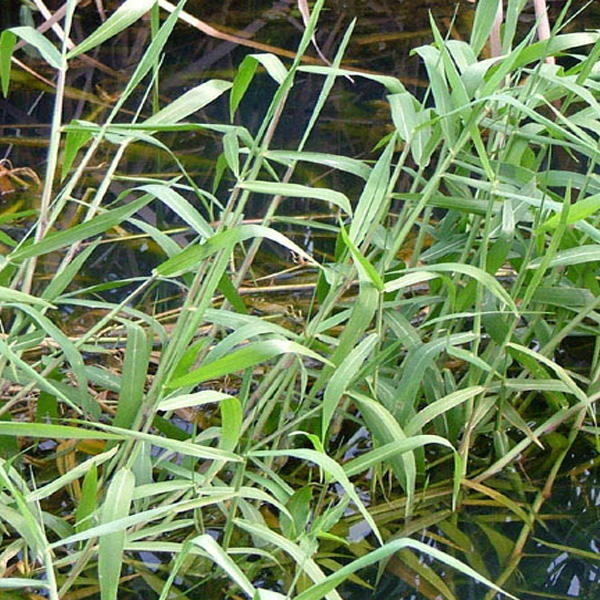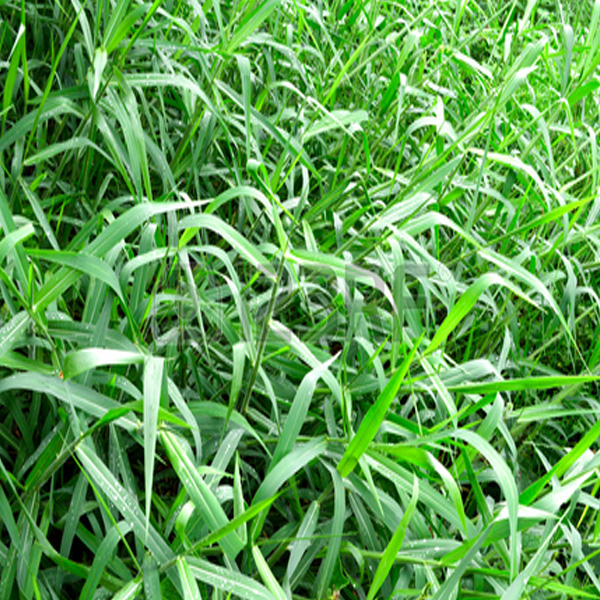Para Grass
weed identification
Para grass is an introduced fast-growing grass that is generally found in aquatic environments. The leaves and stem of the plant are green and covered in fine hairs. The grass is tall reaching up to 2 metres high and stands upright. It prefers the warm temperate to tropical regions of Australia.
It is commonly found in shallow, stationary water bodies and associated wetlands in either freshwater and brackish environments.
Para grass reproduces both by seed and vegetatively by its creeping stems. Although, it rarely sets seeds.
The plant is dispersed by flooding, currents and animals.
Para grass can be used for grazing and feeding animals.
What does Para Grass look like?
Disadvantages of Para Grass
Para grass is a highly invasive grass that spreads vigorously, it can smother the water’s edge and form dense mats on the water’s surface.
- Potential to displace other native water plants
- Prevents regeneration of more desirable plants
- Reduces critical food and habitat for fish and other aquatic animals
- Potential to obstruct water flow and block pumps
- Reduce light entering water body
treatment
AQ200 Aquatic Herbicide + Wetting Agent – Chemical Herbicide designed to kill emergent weeds quickly. Use on mild to severe infestations.
Aquatic Weed Rake and Razor Combo – DIY physical removal. Ideal for mild infestations, sensitive water bodies or to aid herbicide treatment.
Aquatic Harvesting – Large amphibious machine that cuts and clears emergent aquatic weeds. Book this service for severe infestations or for larger water bodies.
prevention options
Aerating Fountains – Reduces the severity and likelihood of aquatic weed infestations. Use in any body of water.



